Discover 6 hidden attractions, cool sights, and unusual things to do in Glen Echo (United States). Don't miss out on these must-see attractions: Glen Echo Park, Clara Barton National Historic Site, and Plummers Island. Also, be sure to include Little Falls in your itinerary.
Below, you can find the list of the most amazing places you should visit in Glen Echo (Maryland).
Table of Contents
Glen Echo Park
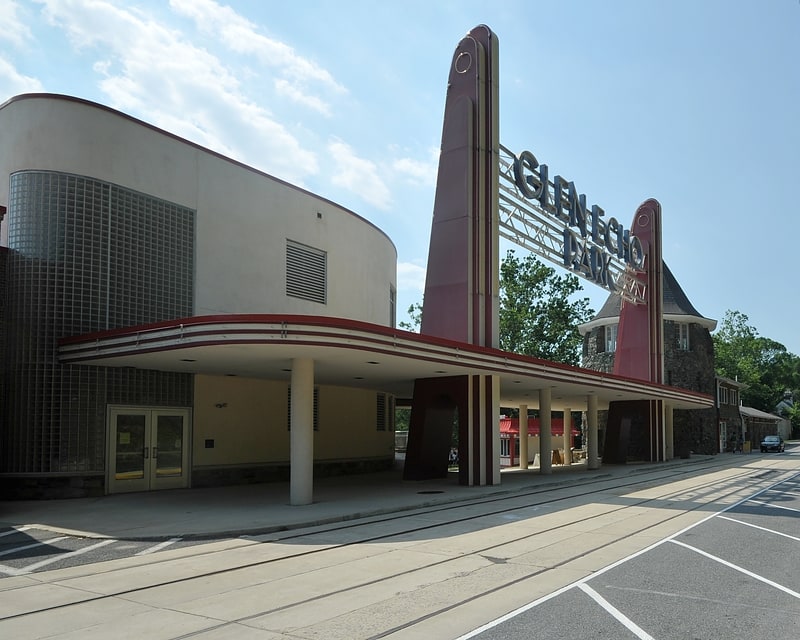
Amusement park in Glen Echo, Maryland. Glen Echo Park is an arts and cultural center in Glen Echo, Maryland, a suburb of Washington, D.C. Located about 9 miles northwest of the city's downtown area, the park's site was initially developed in 1891 as a National Chautauqua Assembly.
Following the foreclosure and sale of the Chautauqua grounds in 1903, leisure facilities were developed there to serve the city's growing population. In 1911, the site was expanded to become the privately owned Glen Echo Amusement Park, a popular facility that operated until 1968.
The National Park Service (NPS) now operates the park, which serves the Washington area as a regional cultural resource when offering classes, workshops and performances in the visual and performing arts. The park is known for its Streamline Moderne architecture, an antique Dentzel carousel and its historic Spanish Ballroom, as well as for its children's theater and social dance programs. Visitors also come to the park to participate in its festivals and events, which include the Washington Folk Festival and a Family Day.
The NPS maintains a visitors center and conducts park history tours. More than 350,000 people attend events and participate in instructional activities at the park during each year.[1]
Address: 7300 Macarthur Blvd, 20812 Glen Echo
Clara Barton National Historic Site
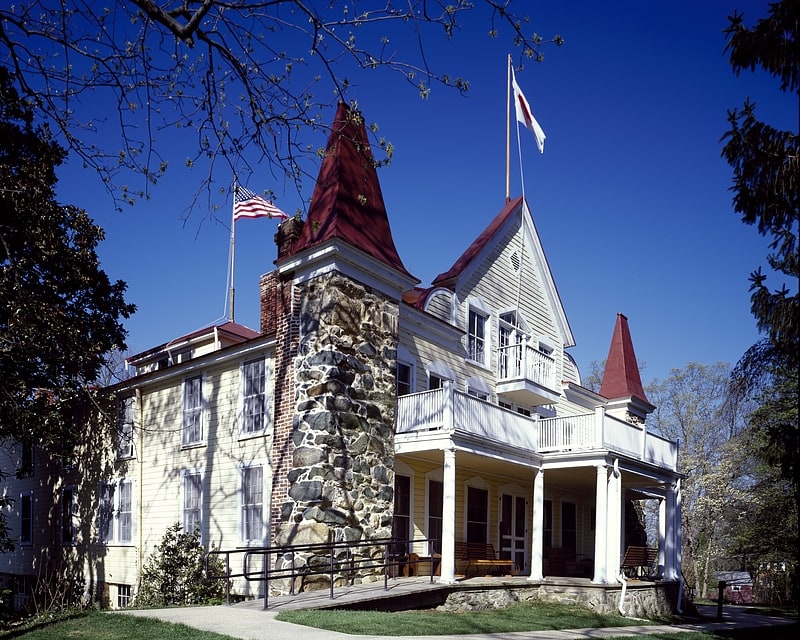
Protected site in Glen Echo, Maryland. The Clara Barton National Historic Site, which includes the Clara Barton House, was established in 1974 to interpret the life of Clara Barton, an American pioneer teacher, nurse, and humanitarian who was the founder of the American Red Cross. The site is located 2 miles northwest of Washington D.C. in Glen Echo, Maryland.
The United States National Historic Site protects 9 acres (0.04 km2) of land at her Glen Echo home including the 38-room former residence of Barton. The site is managed by the George Washington Memorial Parkway. The first national historic site dedicated to the accomplishments of a woman, it preserves the early history of the American Red Cross and the last home of its founder. Clara Barton spent the last 15 years of her life in her Glen Echo home (1897-1912), and it served as an early headquarters of the American Red Cross as well.
The National Park Service has restored eleven rooms, including the Red Cross offices, parlors and Clara Barton's bedroom. Visitors to Clara Barton National Historic Site can gain a sense of how Barton lived and worked surrounded by all that went into her life's work. Visitors to the site are led through the three levels on a guided tour emphasizing Barton's use of her unusual home. In 2005, 12,529 visitors toured the site.[2]
Address: 5801 Oxford Rd, 20812-1201 Glen Echo
Plummers Island
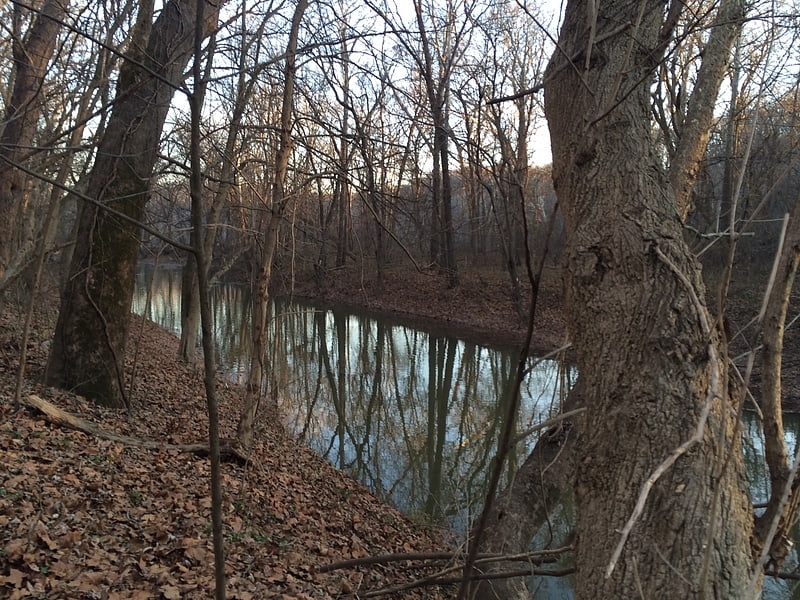
Island in Cabin John, Maryland. Plummers Island is a 12-acre Potomac River island in Montgomery County, Maryland, about nine miles upriver from Washington, D.C. The Washington Biologists' Field Club has called the island "the most thoroughly studied island in North America". The island is visible from the American Legion Memorial Bridge of the Capital Beltway, just downriver of the bridge.
Scientific study of Plummers Island began in 1899, when botanist Charles Louis Pollard formed the Washington Biologists' Field Club and began the search for a field camp near the club's Washington, D.C. home. The club leased the island in 1901, and bought it seven years later; the island is now owned by the U.S. National Park Service.
A 2008 issue of the Bulletin of the Biological Society of Washington was dedicated to articles about the flora and fauna of the island. The study of the island's three main plant communities, riparian, terrace, and upland forest, documented 3,012 insect species in 253 families, in 18 orders: Collembola, Odonata, Dermaptera, Blattodea, Phasmatodea, Orthoptera, Psocoptera, Thysanoptera, Hemiptera, Neuroptera, Megaloptera, Coleoptera, Mecoptera, Trichoptera, Lepidoptera, Diptera, Siphonaptera, and Hymenoptera. Another of the studies reported 19 species of freshwater mollusks (7 bivalves, 12 gastropods) in the island's immediate area, bringing the total known for the Middle Potomac River to 42 species. A periodically updated checklist which includes all the vascular plants of the flora, including ferns, fern allies, gymnosperms, and flowering plants, that have ever been reported growing in the wild on the island and its adjacent mainland, totals 885 plant species, of which 704 are native, and 181 naturalized.[3]
Little Falls
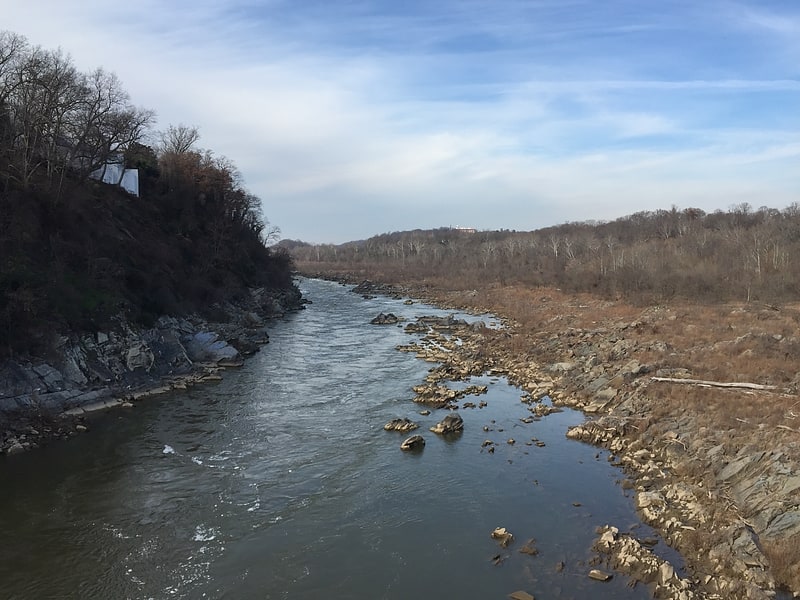
Little Falls is an area of rapids located where the Potomac River crosses the Atlantic Seaboard fall line where Washington, DC, Maryland and Virginia meet. Descending from the harder and older rocks of the Piedmont Plateau to the softer sediments of the Atlantic coastal plain, it is the first upstream "cataract", or barrier, to navigation encountered on the Potomac River. It may be viewed from the heavily trafficked Chain Bridge, about a half mile downstream. It is named in contradistinction to Great Falls, about 5 miles further upstream.
Captain John Smith (1580–1631) of England was the first European to explore the Potomac as far as Little Falls. When he arrived there in 1608 he noted that "as for deer, buffaloes, bears and turkeys, the woods do swarm with them and the soil is extremely fertile." By 1757, the name of a nearby Anglican Church building — "The Falls Church" — referenced this location near the main tobacco rolling road circumventing Little Falls. The local settlement of Falls Church, Virginia, which grew up there, soon followed suit.[4]
Chautauqua Tower

Building in Glen Echo, Maryland. The Chautauqua Tower is located at Glen Echo Park in Montgomery County, Maryland, USA. It is a Richardsonian Romanesque circular structure of irregularly shaped, rough-faced stone, dominating the central entrance to the park. Construction of the tower was started in either 1890 or 1891, it was completed in 1892, and is approximately 34 feet in diameter and three stories high, capped by an 11-sided roof of steep pitch with a flagpole rising from its peak. It is the sole intact physical remnant of the late-19th century Chautauqua movement at Glen Echo, Maryland, and as a local specimen of late-Victorian rustic architecture.
It was listed on the National Register of Historic Places in 1980.
The tower was originally part of a large complex of buildings at the entrance of the Glen Echo Chautauqua. The National Register of Historic Places nomination form correctly identifies the architect, Victor Mindeleff, but misspells his name. Mindeleff is best known for his work with the Bureau of American Ethnology.
Currently, the Tower is the studio of Artist in Residence J. Jordan Bruns and Mariana Kastrinakis. The first floor is also used as studio space by artists on a monthly basis.[5]
The Yellow Barn Studio and Gallery
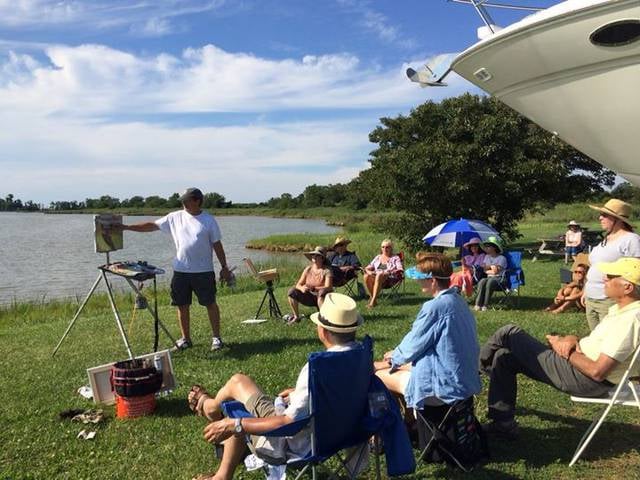
Art gallery, Museum
Address: 7300 MacArthur Blvd, 20812 Glen Echo